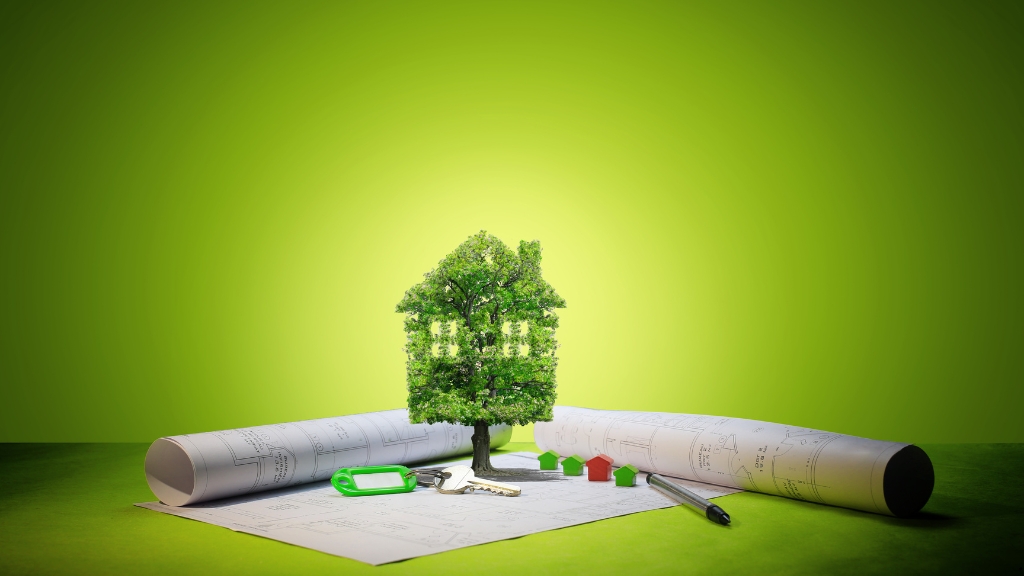
Safe & Fun: How to Choose the Right Materials for Your Home Projects
When it comes to tackling home projects, the materials you choose can make all the difference. I’ve learned that selecting the right products not only ensures safety but also enhances the overall enjoyment of the task. Whether you’re a seasoned DIYer or just starting out, understanding what materials to use is key to a successful and fun project.
Understanding Safe Materials
Choosing materials that prioritize safety is crucial for successful home projects. It enhances not only my well-being but also the enjoyment of the entire process.
Importance of Safety in Home Projects
Safety in home projects can't be overstated. Utilizing safe materials minimizes health risks like exposure to toxic substances. Non-toxic paints, for example, reduce harmful chemical emission during application and afterward. Selecting safe, durable materials ensures projects withstand wear and tear, reinforcing structural integrity. Understanding my specific project requirements and safety needs lays the foundation for effective material choices.
Common Safety Standards to Consider
Several safety standards guide material selection. The ASTM (American Society for Testing and Materials) develops and publishes technical standards for a wide range of materials, ensuring quality and safety. The EPA (Environmental Protection Agency) emphasizes regulations regarding hazardous materials, promoting eco-friendly options. Looking for certifications like GREENGUARD or LEED indicates compliance with stringent safety protocols. Familiarizing myself with these standards helps prevent potential hazards, ensuring my projects remain both safe and fun.
Types of Materials
Choosing the right materials is crucial for both safety and enjoyment in home projects. I’ll discuss two primary categories: natural materials and synthetic materials.
Natural Materials
Natural materials include wood, stone, and clay. Wood, sourced from trees, offers durability and aesthetic appeal. For example, hardwoods like oak or maple provide strength for furniture and flooring. Stone, such as granite or marble, adds elegance and is ideal for countertops. Clay, often used in pottery or tiles, allows for artistic expression while being eco-friendly. I prefer natural materials for their low toxicity and sustainable properties, as they typically pose fewer health risks compared to synthetic alternatives.
Synthetic Materials
Synthetic materials consist of plastics, composites, and manufactured fibers. Plastics, like PVC and polycarbonate, provide versatility and durability, making them popular for plumbing and outdoor furniture. Composites combine various materials to enhance strength and resist deterioration, commonly found in decking. Manufactured fibers, such as nylon or polyester, offer durability and are often used in textiles and insulation. While synthetic materials can provide innovative solutions, I remain cautious about their potential environmental impact, especially regarding disposal and emissions.
Understanding the characteristics and uses of these materials helps in choosing the best options for my home projects.
Evaluating Material Quality
Evaluating the quality of materials is essential for ensuring safety and enhancing the longevity of home projects. Key factors include certifications, durability, and longevity.
Recognizing Trusted Certifications
Recognizing trusted certifications aids in selecting safe materials. Look for labels such as GREENGUARD, which signifies low chemical emissions, and LEED, indicating environmentally responsible sourcing. Certifications from the ASTM (American Society for Testing and Materials) and the EPA (Environmental Protection Agency) also ensure adherence to safety standards and eco-friendly practices. These credentials bolster confidence in material choices, reducing risks associated with toxic substances.
Assessing Durability and Longevity
Assessing durability and longevity ensures materials maintain integrity over time. Evaluate factors like resistance to wear, weather, and pests for outdoor projects, such as siding or decking. For indoor projects, consider material performance against everyday use, such as scratches or stains. Ratings and warranties typically provide insight into expected lifespan. Choosing materials known for their durability—like hardwood, stone, or high-grade composites—reduces the need for frequent replacements and repairs.
Fun and Creative Options
Choosing unique and imaginative materials can transform typical home projects into exciting experiences. I focus on options that enhance creativity and enjoyment, making each project special.
Unique Material Choices for Projects
Reclaimed Wood: Reclaimed wood offers a rustic charm that adds character to projects. It’s environmentally friendly and often available locally, reducing the carbon footprint.
Cork: Cork is an eco-friendly material with natural acoustic properties. I use cork for flooring or wall panels, creating a warm, inviting atmosphere while being sustainable.
Bamboo: Bamboo is a rapidly renewable resource that’s both strong and lightweight. Its versatility allows for various applications, from flooring to furniture, making it a fun choice.
Mosaic Tiles: Mosaic tiles provide endless opportunities for creativity. I can use leftover tiles in various colors and patterns to create personalized art pieces or unique backsplashes.
Paper Mâché: Paper mâché is a lightweight and versatile medium for craft projects. The materials are inexpensive, making it accessible for various creative endeavours, especially for kids.
How to Make Projects Engaging for All Ages
Collaboration: I invite family members to participate, fostering teamwork and shared enjoyment. This collaboration often leads to varied ideas that enhance the project.
Workshops: Organizing a DIY workshop creates an interactive environment. I teach skills or techniques, enabling participants to gain hands-on experience and confidence.
Age-Appropriate Tasks: Assigning tasks based on skill levels ensures everyone can contribute meaningfully. Younger participants can manage simple tasks, while adults tackle more complex challenges.
Theme Days: Creating themed project days adds excitement and engagement. I can choose themes like “Nature Day” or “Color Blast” to inspire creativity and focus on specific materials.
Interactive Elements: Incorporating interactive elements, like light fixtures or moving parts, keeps the projects dynamic. This approach captures attention and enhances the overall fun.
Conclusion
Choosing the right materials for home projects is crucial for both safety and enjoyment. By prioritizing non-toxic options and understanding the differences between natural and synthetic materials, I can create a healthy environment while also embracing my creativity.
Evaluating quality and durability not only ensures the success of my projects but also minimizes the risk of future repairs. Engaging family members in the process adds an element of fun and collaboration that can turn any project into a memorable experience.
With the right materials and a thoughtful approach, I can transform my home projects into safe and enjoyable adventures that reflect my personal style and values.


